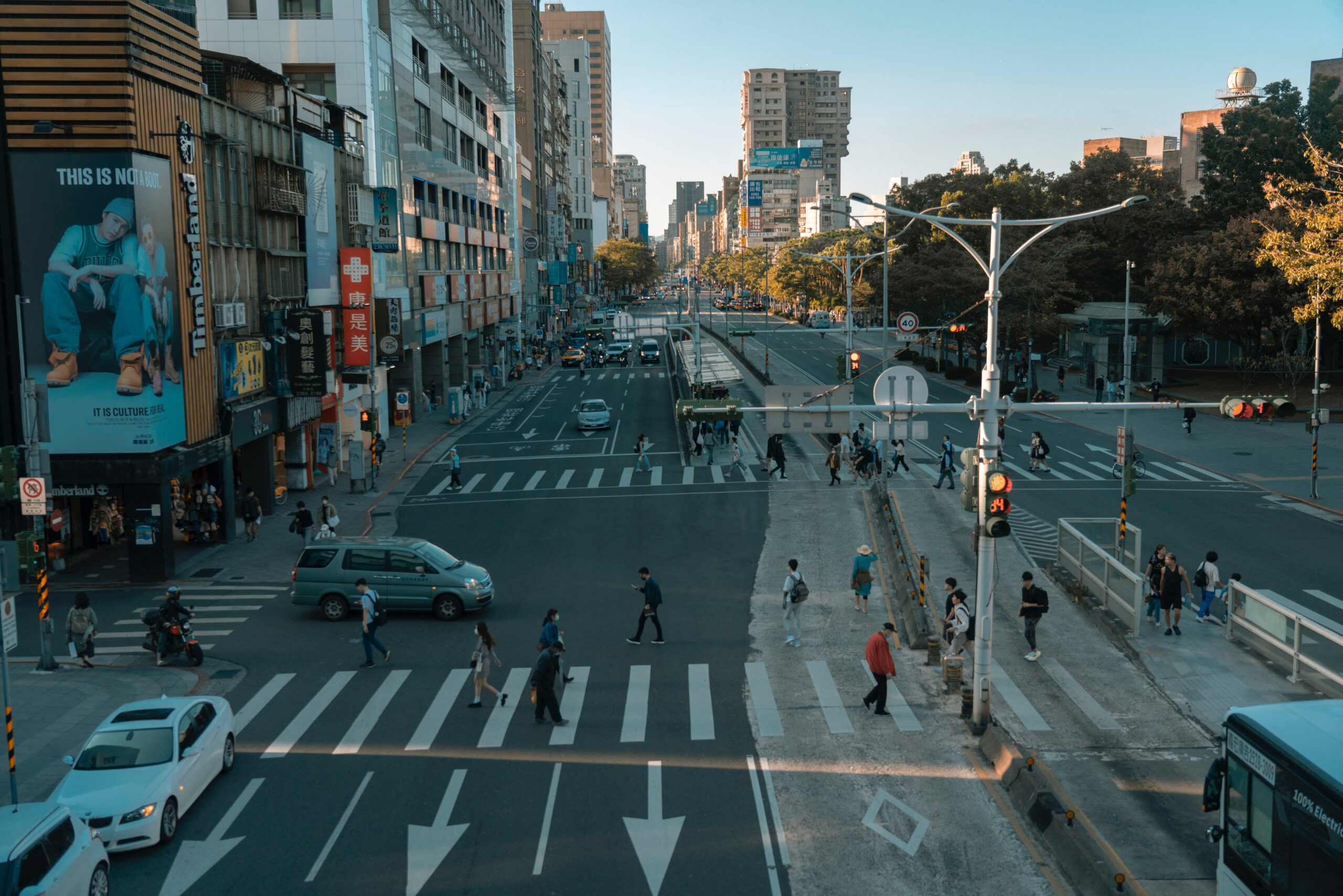The National Mall, unfolding grandly for over two miles from the grandeur of the Lincoln Memorial to the United States Capitol, is far more than a mere park at the center of Washington, D.C. It stands as a living emblem of the United States’ rich history, the bedrock of its democracy, and the embodiment of its collective ethos. Dotted with eminent monuments and renowned museums, this iconic space elegantly stitches together the tapestry of America’s historical and contemporary saga. In this journey through words, we will uncover the essence of the National Mall, its historical roots, the landmarks that grace it, and its integral role in shaping American identity and unity.
Historical Evolution of the National Mall
- L’Enfant’s Vision
Conceived by Pierre Charles L’Enfant in 1791, the National Mall was destined to be a grand boulevard connecting two pivotal seats of power: the President’s House and the Capitol. L’Enfant, a French-born visionary, imagined a space brimming with gardens, promenades, and fountains – a canvas of grandeur and civic pride. His blueprint laid the groundwork for what would become a symbol of national identity.
- The Civil War and the Lincoln Memorial
The Civil War, a defining chapter in American history, left its imprint on the Mall. The Reflecting Pool, a serene witness to history, and the Lincoln Memorial, dedicated in 1922, stand as testaments to a nation’s resilience and commitment to equality and liberty.
- The Mall as a Center for Free Expression
The National Mall has always been more than just green space; it’s a stage for democracy in action. From the civil rights movement to the Women’s March, this space has embraced the voices of change, echoing the fundamental American right to free speech and peaceful assembly.
Iconic Landmarks of the National Mall
- The Washington Monument
Dominating the skyline at 555 feet, the Washington Monument honors the nation’s first president. It serves as a solid homage to America’s foundational principles and a symbol of unity, providing sweeping views that bridge the historical and modern eras.
- U.S. Capitol
The U.S. Capitol stands imposingly with its grand dome and elegant neoclassical design, transcending the identity of a mere structure. It embodies the essence of American legislative authority and reflects the active participation of its citizens in charting the course of the nation’s future.
- The Lincoln Memorial
In the Lincoln Memorial, Abraham Lincoln sits immortalized, a reminder of the struggle to preserve the Union and the fight for emancipation. His words, etched in stone, continue to inspire.
- The Jefferson Memorial
The Jefferson Memorial honors a founding father’s vision of liberty and self-governance. It’s a neoclassical homage to the ideals upon which the nation was built.
The National World War II Memorial
The World War II Memorial is a solemn tribute to sacrifice and service, with its granite pillars and reflective pool mirroring the depth of loss and the resilience of the human spirit.
- The Smithsonian Museums
The Smithsonian museums are treasure troves of American history, culture, and scientific achievement, preserving the diverse threads of the nation’s story.
The National Mall as a Symbol of Democracy
The Mall is a canvas of democracy, a place where every citizen can engage, speak, and celebrate their American identity.
- The Right to Assemble
This space has been a witness to pivotal moments in history, a testament to the power of collective voice and the right to seek change.
- Celebrating Unity in Diversity
From the Cherry Blossom Festival to Independence Day, the Mall celebrates the nation’s diversity and unity, bringing people together under the banner of shared heritage.
- Reflection and Contemplation
The Mall also offers a space for quiet reflection, inviting visitors to connect with the nation’s history and ideals amidst its tranquil memorials.
Challenges and Preservation Efforts
The National Mall, while steeped in history, faces modern challenges of preservation and sustainability. Efforts to restore its landmarks, balance public use with conservation, and implement eco-friendly practices are crucial in safeguarding its legacy for future generations.
Conclusion: The National Mall’s Enduring Legacy
The National Mall transcends being merely a landmark; it stands as a dynamic narrative of America’s evolution. As we progress, safeguarding this expanse is imperative to upholding its significance as a symbol of harmony and a symbol of democracy’s enduring light. Its history, intricately woven with the nation’s own, remains a source of inspiration and unity, serving as a poignant reminder of our common heritage and the collective journey we forge towards the future.
